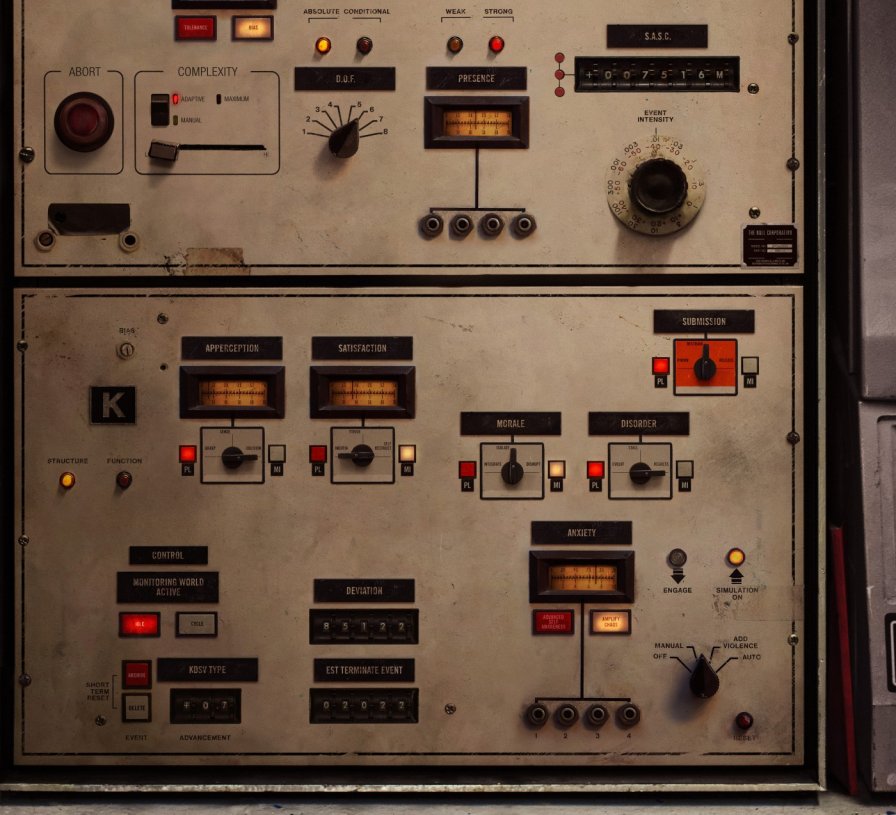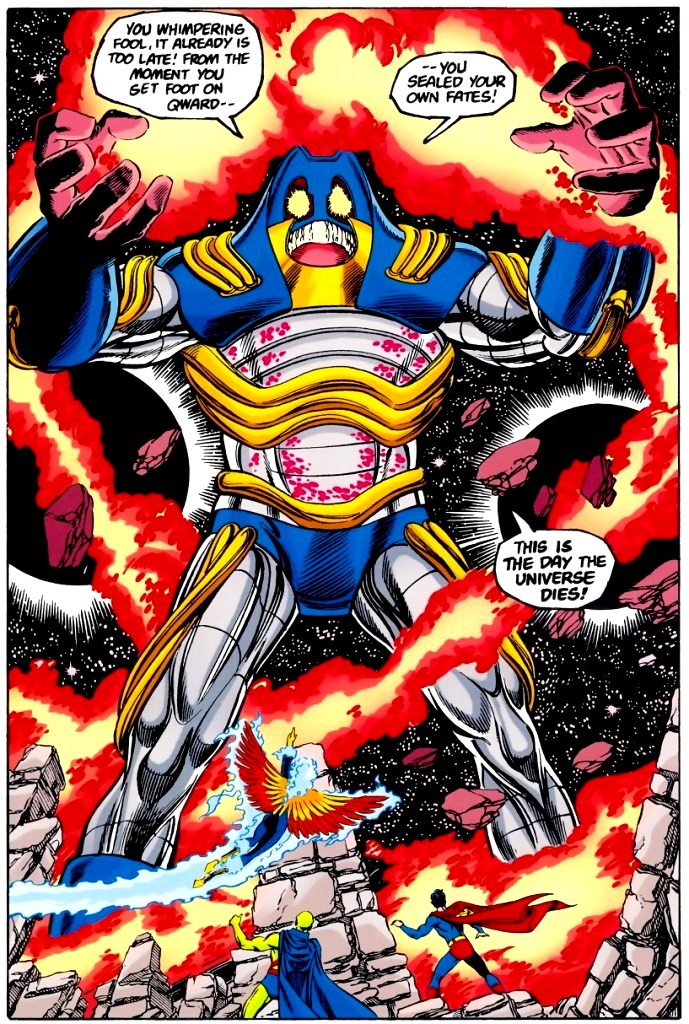Generally no, there is no connection. I'll try to explain why and if is too confusing feel free to ask me to clarify.
All theories consistent with relativity and quantum mechanics obey what is called CPT symmetry, which is a combination of charge conjugation C (flipping the sign of all charges), parity P (space inversion, like in a mirror) and time reversal T (reversing the direction of all motions in time). This symmetry implies among other things that all antiparticles have exactly the same (positive) mass as their particles.
Now, the weak interactions violate C and P, which is just what you need to produce the baryon asymmetry in the early Universe. This implies a slight bias in processes involving particles over anti-particles. Because CPT is conserved, a CP violation is equivalent to a compensating T violation, such that CPT remains conserved. All this really means is that slightly more particles will be produced than antiparticles, but this is a tiny effect, and the theory still has no preferred direction of time, information is still conserved and you may still predict the future from the initial state (we say it is unitary).
The direction of time in macroscopic processes would be there even without T violation. It comes simply from the natural tendency of systems to evolve towards more disordered configurations, for purely probabilistic reasons. There are many more scrambled arrangements than ordered ones, such that naturally if you start in an ordered state, later there is a far larger probability of finding the system in a more disordered one. This is the thermodynamic or entropic arrow of time, which says that the number of possible arrangements of the constituents (the entropy) tends to increase irreversibly. This evolution is irreversible, unlike the microscopic one, and is the true origin of a preferred direction.
What this does not explain is why the initial state of the Universe was so ordered to begin with (if you start at maximum entropy nothing happens, the state is a inert thermal equilibrium), this is the real problem of the origin of time's arrow, and is codified in the initial conditions of the Big Bang.




